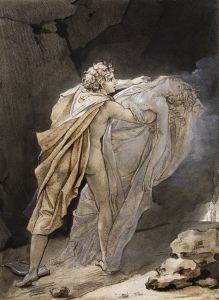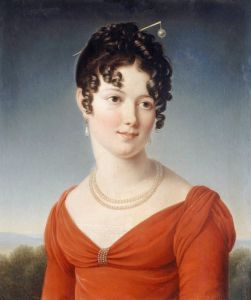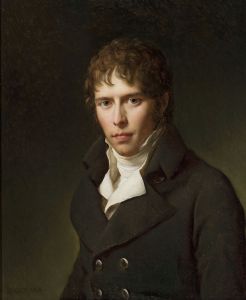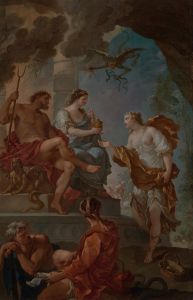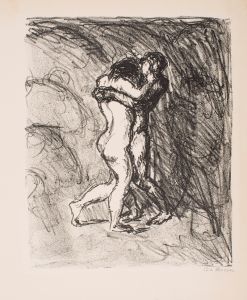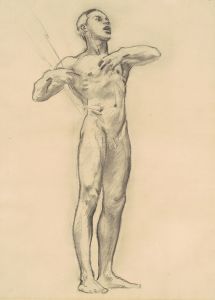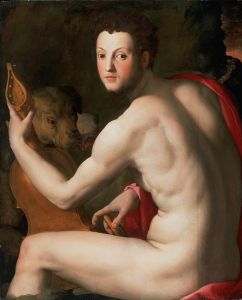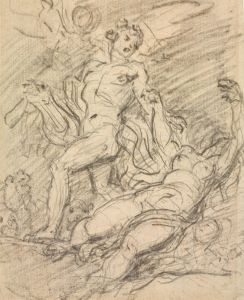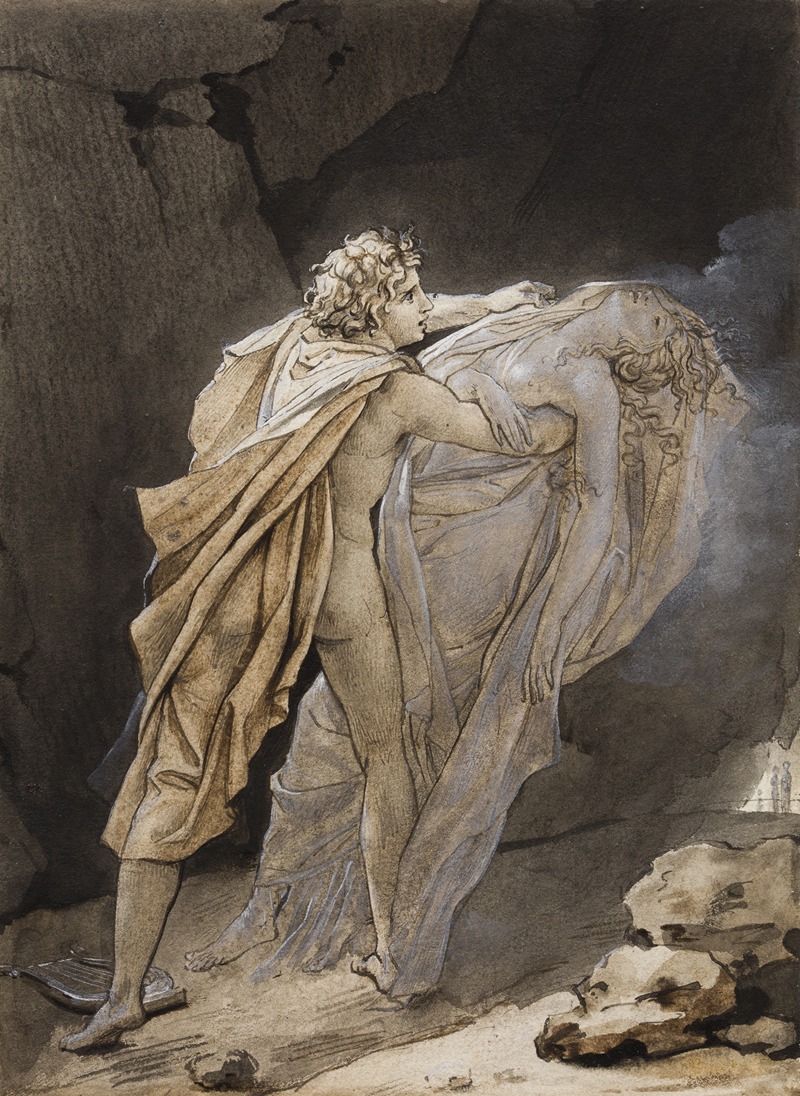
Orpheus tries to hold on to Eurydice
A hand-painted replica of François Gérard’s masterpiece Orpheus tries to hold on to Eurydice, meticulously crafted by professional artists to capture the true essence of the original. Each piece is created with museum-quality canvas and rare mineral pigments, carefully painted by experienced artists with delicate brushstrokes and rich, layered colors to perfectly recreate the texture of the original artwork. Unlike machine-printed reproductions, this hand-painted version brings the painting to life, infused with the artist’s emotions and skill in every stroke. Whether for personal collection or home decoration, it instantly elevates the artistic atmosphere of any space.
François Gérard's painting Orpheus tries to hold on to Eurydice is a neoclassical artwork that depicts a moment from the ancient Greek myth of Orpheus and Eurydice. The painting was created in 1814 by Gérard, a prominent French painter known for his portraits and historical scenes. Gérard was a student of Jacques-Louis David, a leading figure in the neoclassical art movement, and his works often reflect the clarity, balance, and emotional depth characteristic of the style.
The painting illustrates the tragic climax of the myth, in which Orpheus, a legendary musician and poet, attempts to rescue his wife Eurydice from the underworld. According to the myth, Orpheus charms Hades and Persephone, the rulers of the underworld, with his music and is granted permission to bring Eurydice back to the world of the living. However, the condition is that he must not look back at her until they have both reached the surface. In Gérard's painting, the moment depicted is when Orpheus, overcome by doubt and longing, turns to look at Eurydice, causing her to be lost to him forever.
The composition of the painting emphasizes the emotional intensity of the scene. Orpheus is shown reaching out to Eurydice, his expression a mixture of desperation and sorrow. Eurydice, fading into the shadows, appears resigned to her fate, her body language conveying both love and inevitability. Gérard's use of light and shadow enhances the dramatic tension, with Orpheus illuminated in a way that underscores his anguish, while Eurydice is portrayed with a softer, more ethereal quality, symbolizing her transition back to the underworld.
The painting is notable for its adherence to neoclassical principles, including its focus on a mythological subject, its idealized figures, and its clear, harmonious composition. Gérard's attention to detail and his ability to convey complex emotions through facial expressions and body language are evident in this work. The painting reflects the Romantic fascination with themes of love, loss, and the power of art, which were prevalent during the early 19th century.
Orpheus tries to hold on to Eurydice is housed in the Louvre Museum in Paris, where it remains an important example of Gérard's contribution to neoclassical art. The work continues to be admired for its technical skill and its poignant portrayal of one of mythology's most enduring stories.










